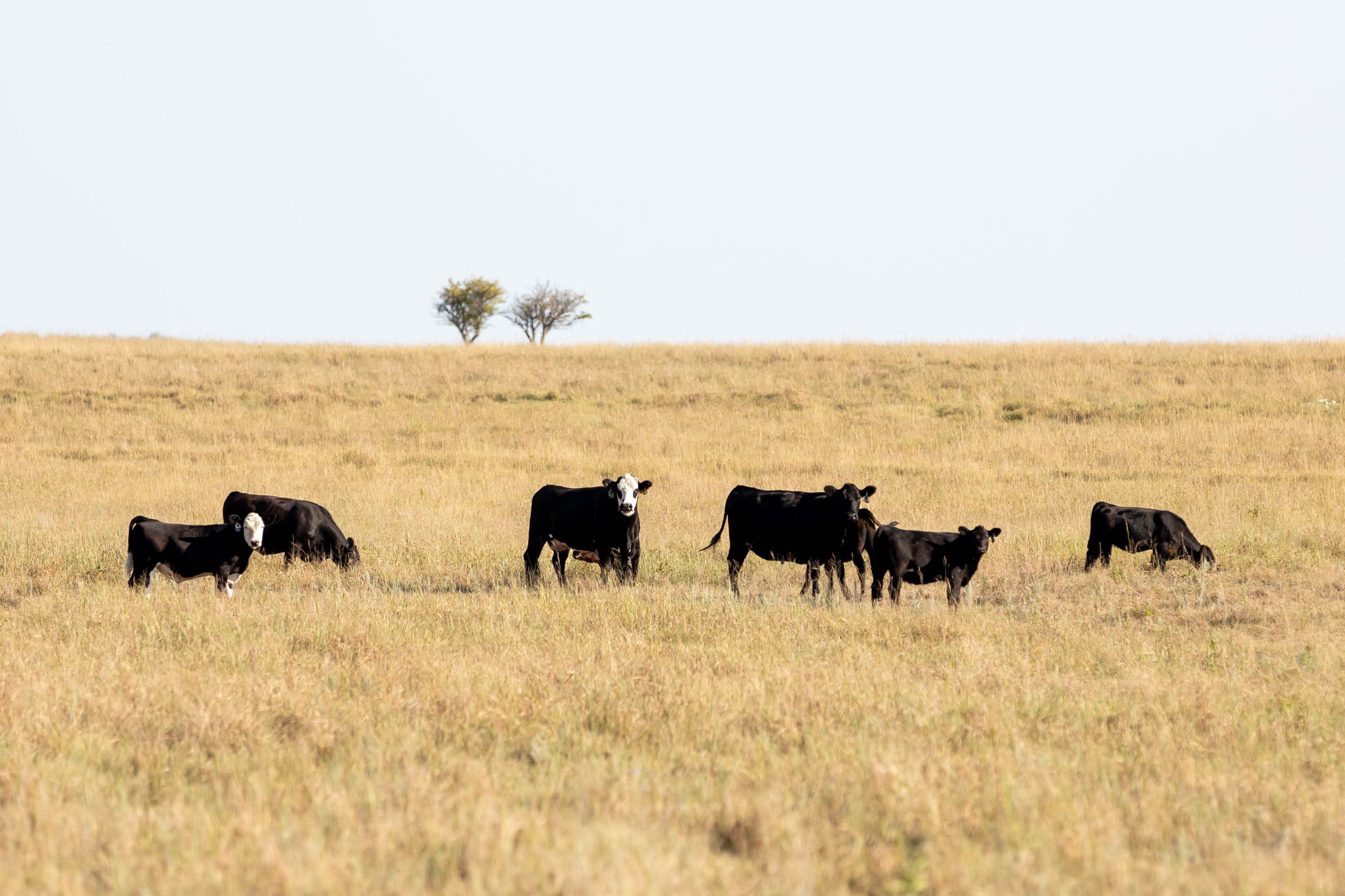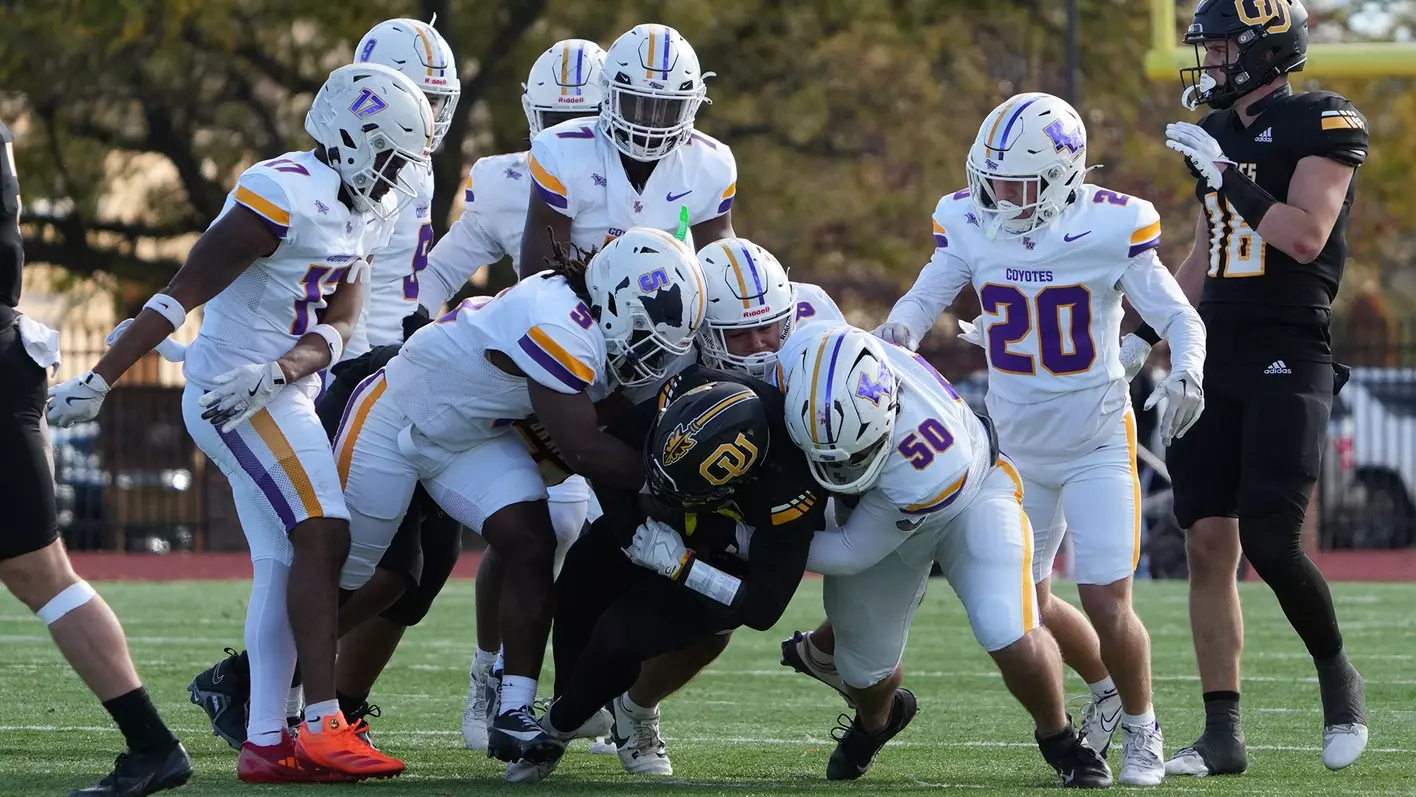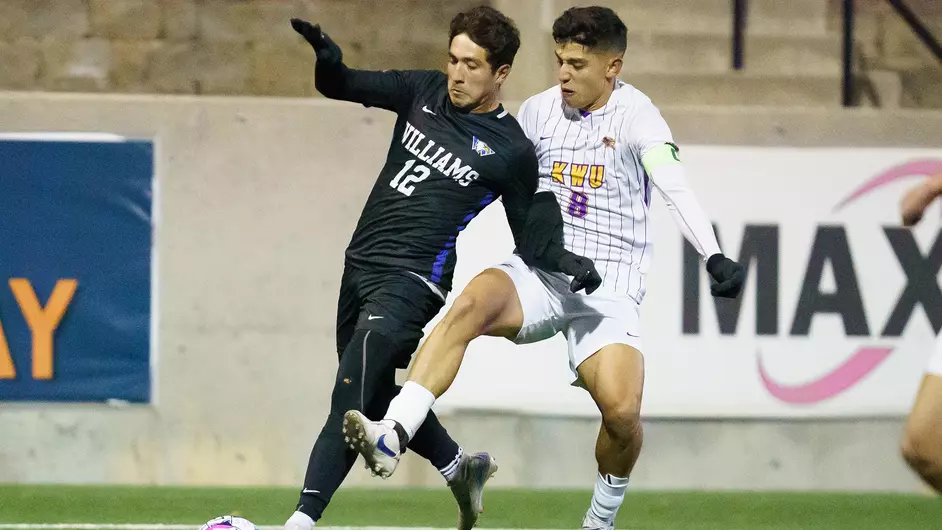When making an important decision, many people prefer to gather as much information as they can to make the most informed choice possible.
For cow-calf producers, knowing the pregnancy status of the cows is important information to have as they decide which animals they are going to keep and which ones they are going to sell, according to the experts at Kansas State Univeristy’s Beef Cattle Institute. This was the topic for a recent discussion on the Cattle Chat podcast.
“As forage availability becomes more limited, pregnancy checking in the first 60 to 90 days of gestation allows producers to make the culling decision sooner rather than later, and that helps keep the feed costs down,” said AJ Tarpoff, K-State Research and Extension beef cattle veterinarian.
Along with knowing if they are pregnant or open (not pregnant), K-State veterinarian Bob Larson also stresses the importance of knowing when the cows are conceived.
“I want as many cows as possible to get pregnant in the first 21 days of the breeding season because they will raise the biggest calves to sell at weaning,” Larson said. He also shared that the cows that calve early are more likely to resume their heat cycles on time for the next breeding season.
Another benefit of bringing the cows off the pasture for pregnancy checking is that producers can also evaluate the body condition of the cows, said K-State beef cattle nutritionist Phillip Lancaster.
“Body condition scoring the cows at weaning allows producers to make decisions about how to manage the cows nutritionally ahead of the calving season,” Lancaster said. “At the start of the calving season, mature cows should be at a body condition score between five and six and first calf heifers should be at a body condition score of six.”
If the cows are thin at weaning, there is still time for them to add weight ahead of calving, Lancaster said.
“It is a lot cheaper and easier to put weight on the thin cows going through the fall than in the winter when bad weather can make it a challenge for them to overcome the additional maintenance requirements,” Lancaster said.
To hear the full discussion, listen to the Cattle Chat podcast online or through your preferred streaming platform.



